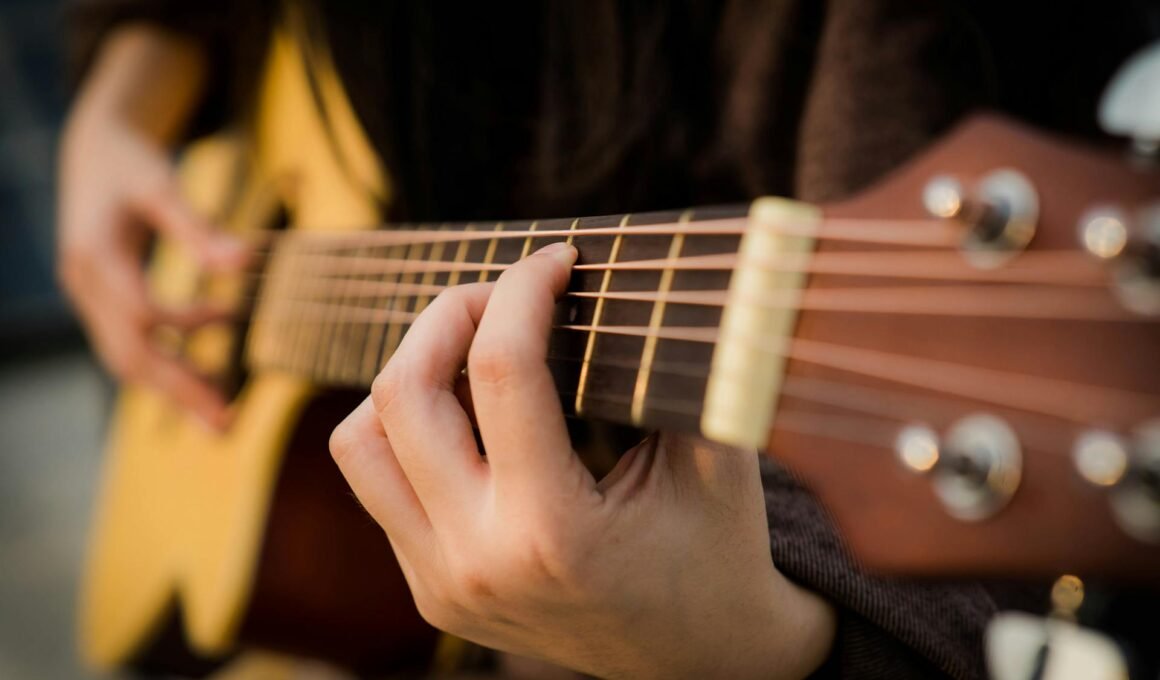If you’re used to the quiet focus of a recording studio, stepping onto a live stage might feel like entering another world. In the studio, you can re-record, fine-tune tones, and play to a backing track. But performing live? That’s an entirely different challenge.
Suddenly, it’s not just about playing the right notes. You’re managing your nerves, connecting with a crowd, controlling your gear in real-time, and troubleshooting things you never worried about in a studio.
This guide is built for those taking their first steps out of the studio and into the spotlight. By the end, you’ll know what to bring, how to prep, and how to own your time on stage.
1. Mindset Shift: From Studio Comfort to Stage Pressure
The most important thing to understand is that playing live requires a completely different mindset. In the studio, mistakes are minor setbacks. You can always re-record a section. But on stage, you need to keep moving no matter what. There’s no pause button.
This means you have to build mental resilience. Expect that something might go wrong, and be ready to recover quickly. It might be a missed note, a slipped cable, or a buzzing amp. Don’t let it throw you off. The audience won’t notice most mistakes unless your reaction gives it away
2. Gear Up: Essentials for Live Playing
When it comes to live gear, preparation makes all the difference. Start with the basics: your guitar, a solid strap, fresh strings, multiple picks, and a reliable tuner. A good amp and a simple pedalboard are just as crucial. And always carry extra cables.
A high-quality delay pedal is just as important. Live performance spaces vary wildly in acoustics, and a well-tuned delay can fill out your sound, add depth, and create space that might be missing in a dry mix. Always invest in the best delay pedal for your guitar, as cheap pedals often fail under pressure.
Also, keep your setup clean and manageable. A cluttered pedalboard or tangled cables slow down your setup and increase the chance of error. You want to focus on the music, not on troubleshooting gear mid-show.
3. Know Your Tone—Everywhere
Your guitar tone might sound perfect in the studio, but don’t expect it to sound the same live. The size of the room, the acoustics, the stage monitors, and the PA system all affect how your tone carries. What sounds tight and punchy through studio monitors might sound muddy or harsh through a live system.
This is why soundcheck is so important. Use that time to adjust your EQ settings, check for feedback issues, and dial in your tone for the room you’re playing in—not for your bedroom practice space. If possible, ask someone to stand in the middle of the venue and give you honest feedback about your sound.
4. Practice Beyond Playing: Rehearse Like You Perform
Practicing in your bedroom or studio is very different from performing on stage. Don’t just practice songs—rehearse the entire set the way you’ll perform it. That means playing while standing, moving, possibly singing, and handling your gear like you would live. Practice song transitions, pedal switches, and even stage banter if you plan to talk to the audience.
You must also prepare for mistakes. Run drills where you intentionally mess up and then recover. It builds confidence and teaches you how to keep the momentum going.
5. Building a Setlist That Works
Your setlist can shape the energy of your entire performance. Think of it as a journey for your audience. You want to grab attention right away, maintain interest throughout, and leave a lasting impression at the end. Don’t start too slow or stack all your fast songs together. Build a natural flow and include enough variety to keep the crowd engaged.
Also, consider the logistics. If you have multiple guitars or use alternate tunings, arrange your setlist to minimize changes. Long pauses between songs break the momentum, so smooth transitions are key. It helps to time your set and rehearse it exactly as you plan to play it live.
6. Soundcheck Like a Pro
A good soundcheck can make or break your live performance. It’s not just a technical formality—it’s your one shot at making sure everything sounds right before the crowd arrives. Show up early, introduce yourself to the sound engineer, and be respectful of their time. They’re there to help you sound your best, so clear and polite communication goes a long way.
Start by playing at the volume and intensity you expect to perform at. Don’t play at half-volume, thinking you’ll turn it up later. What sounds balanced during soundcheck should match your performance level. Check your levels, tone, and any effects you’ll be using. Take a moment to walk around the venue if you can. Listen to how your guitar sounds in different spots. A short, focused soundcheck leads to a smoother set.
7. Onstage Etiquette and Awareness
When you’re on stage, your job isn’t just to play well; it’s to create an experience for everyone in the room. This includes respecting your bandmates, staying aware of your surroundings, and keeping things running smoothly even when something unexpected happens.
Eye contact and subtle cues can go a long way in staying tight with the rest of the band. If someone misses a cue or a part falls apart, keep going. Chances are, the audience won’t notice if you recover quickly.
Also, remember that your energy is contagious. Even if you’re nervous, try not to show it. Look up, engage with the audience, and be present.
8. Recording and Reviewing Your Performance
Recording your live set—either audio or video—is one of the fastest ways to improve. It lets you see your performance from the audience’s point of view. You’ll notice things you missed in the moment: tone inconsistencies, rushed transitions, or awkward pauses between songs.
You don’t need fancy equipment. A smartphone on a stand or a handheld audio recorder can do the trick. After the show, take time to review your performance with a critical but constructive mindset. What worked? What didn’t? Are your stage movements engaging or distracting? Use these insights to shape your next performance.
The Stage is Set! Are You Ready?
Making the move from studio to stage takes more than technical skill. It’s about preparing for unpredictability, staying calm under pressure, and putting on a show that connects with the audience. There’s no perfect formula, but there is progress. With each performance, you’ll grow more confident, more consistent, and more comfortable in your role as a live guitarist. Keep showing up, keep playing, and keep pushing yourself. The stage is where your music truly comes to life.



